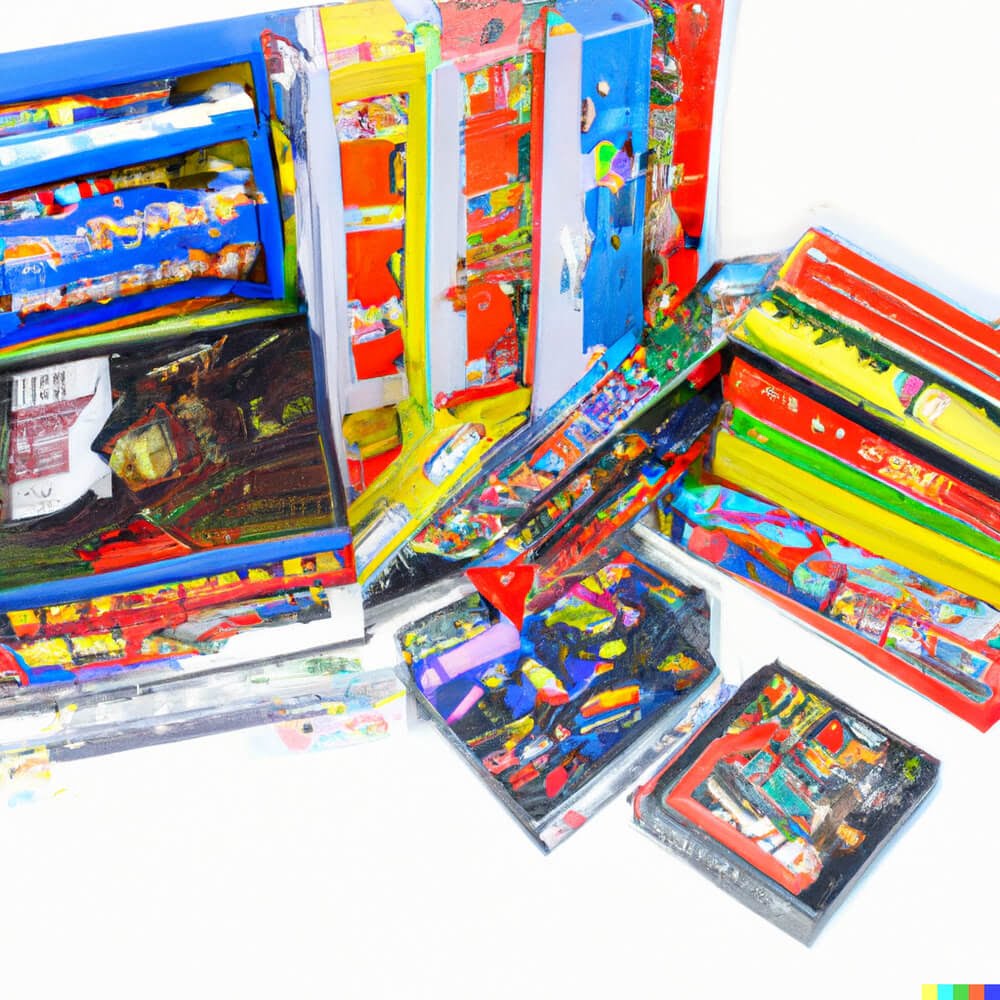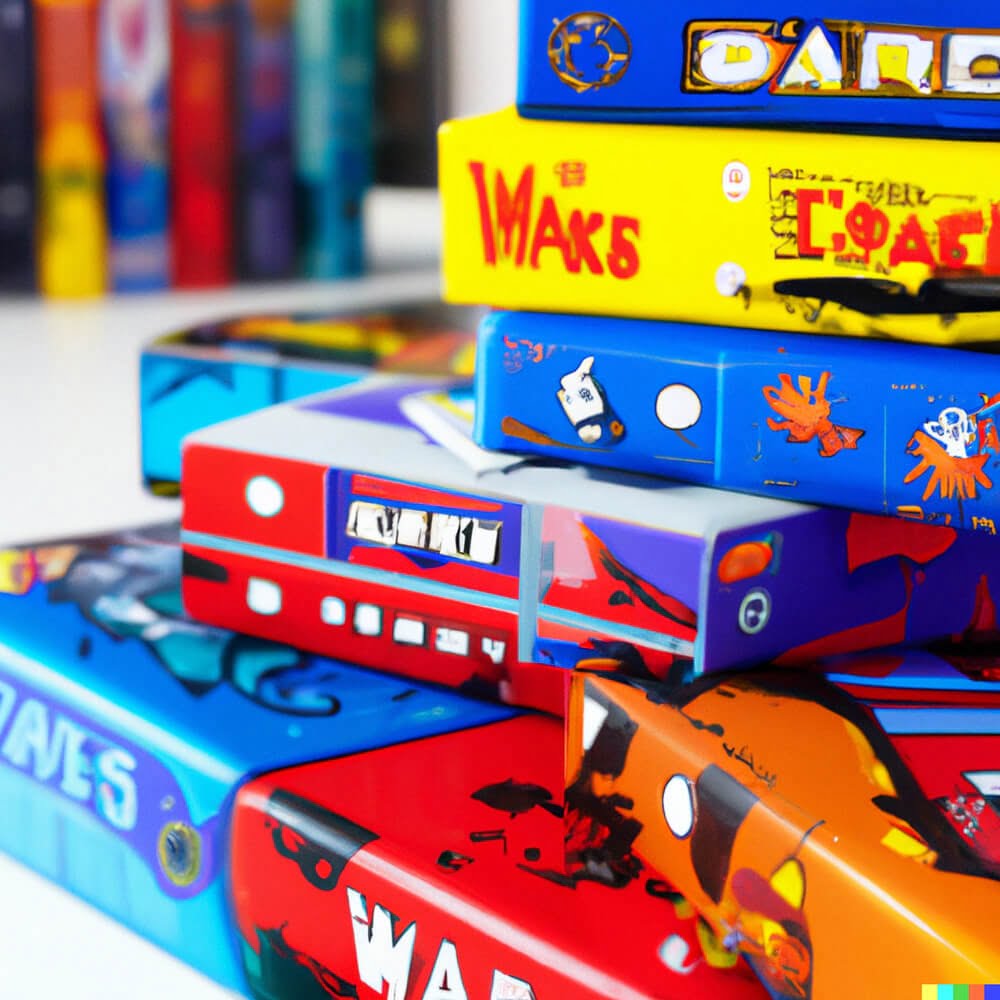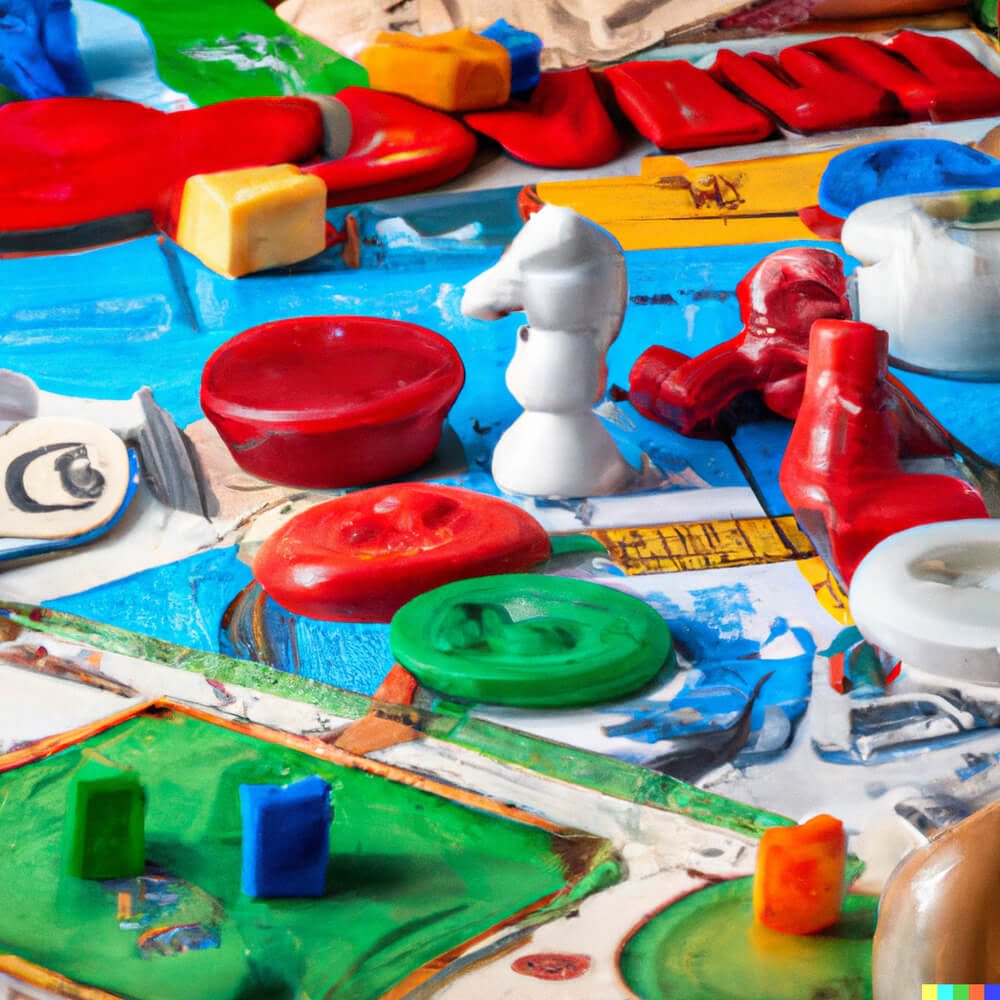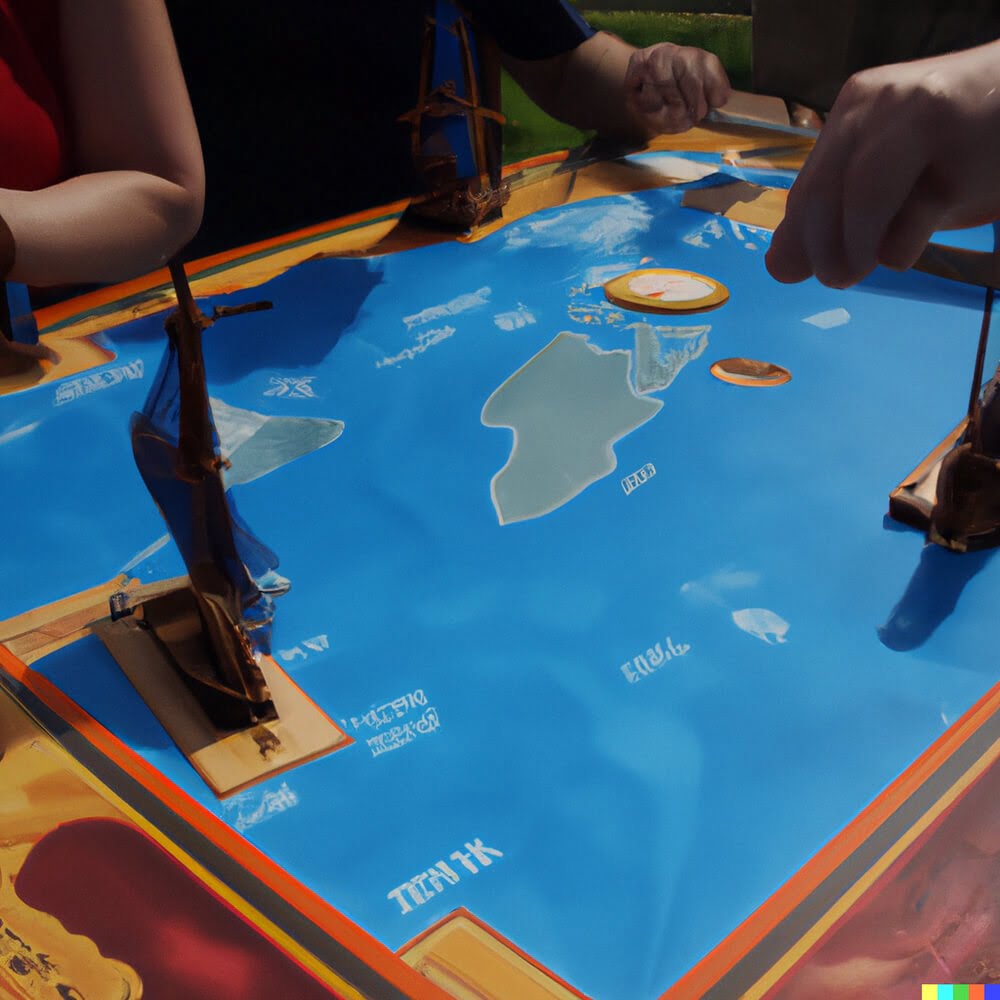Introduction
Making your own board game table has many advantages. Firstly, you get to choose the size, shape and theme each element of the table to match your gaming needs and preferences. You can customize it however you’d like so that it looks exactly how you want it – whether that’s making sure the wood grain on the play surface is absolutely perfect or having a themed paint job with hand-painted details. Secondly, this allows you to save money by building something tailored to you; instead of spending hundreds of dollars on an off-the shelf board game table. Thirdly, the experience of building your own board game table gives you a great sense of satisfaction, accomplishment and pride as well that no store-bought configuration could ever provide! Not only do you get the satisfaction of constructing something with your own two hands but also showing off your personal accomplishments to others who come over to play games is definitely a plus. Finally, many store-bought tables are often made from materials such as particleboard or MDF when they could be crafted from high quality wood – which provides not only better aesthetic value but also higher longevity against general wear and tear.
The Basics
Designing your own board game table is an exciting endeavor that allows you to create a space in your home specifically tailored to gaming. When initially designing your game table, there are some important factors to consider such as size, shape, material and features.
When it comes to size, determine the maximum number of players you would like the table to accommodate. This will help ensure that your gaming experience is comfortable while still allowing room for movement and interactivity among participants. Additionally, decide on the desired shape of the table; whether round, oval or ring-shaped aids in creating fluid play dynamics throughout large groups.
Choosing the type of material that suits your playing needs is equally as important. A sturdy wood such as oak may be ideal for heavier board games where regular tabletop contact is bound to happen; whereas a combination of wood and steel may be better suited for delicate gaming components. It’s important to choose materials that both complements the overall look of the room while satisfying specific playing demands.
Lastly, customize aspects of the design with practical and decorative elements such as cup holders, fold-out leaves and surfaces along edges designed from contrasting materials. Incorporating these visual aspects allows for additional playing surface when needed along with style preferences for more interesting aesthetics; all combining together for an amazing personalized gaming experience!
Step One
You will need: Plywood (1/2” for the bench and 3/4” for the table top), glue, screws, saws, clamps, drill and drill bits, hammer, varnish/stain (optional), stencils and paint (optional). You also may want to use felt fabric to cover parts of the table such as where your hands may rest or where a game piece might be placed. Other optional materials would be rubber stoppers on the bottom of each leg to help keep your board game table in place.
Step Two: Cut Your Wood
Using the saws and measurements you have collected from researching other board game tables or creating your own plans decide how big your board game table should be. Once you have gathered all of the measurements cut out your wooden pieces with either a jigsaw or electric saw. When cutting make sure that you are following safety measures such as wearing protective eyewear, gloves and ear protection.
Step Three: Assemble Your Board Game Table
Once you have all of your pieces cut out it is time to assemble them together. Depending on what type of joint you decide to use will depend on what tools you will need from here. Glue and clamps are usually necessary when using butt joints while dowels can provide added strength when using dowel joints. Either way create strong secure joints so that your table will not wobble or move during playtime. Once everything is secure screw it all together with screws that are long enough but that won’t go through entirely and into the other side of the wood.
Step Four: Finishing Touches
At this point depending on if you chose to stain or paint your board game table now is the time. If painting always make sure to apply several thin layers rather than one thick layer allows for better coverage of surface area and decreases chances of peeling or warps after drying. If staining just one layer should do since staining seeps in more than painting does which makes it a little easier when applying with a brush but can still require multiple coats depending on how dark hue you are striving for without overpowering other furniture in your home gaming area setup. Lastly if desired add felt pads around resting spots such as where players hands may lay or game pieces placed so they remain stationary during play across different surfaces lessening chances of bumps and spills!
Step Two
Now that you have the appropriate tools, it’s time to start gathering and measuring pieces for your board game table. Start by selecting a sturdy wooden board to use as the base of your table. Choose one that is large enough to fit all of your game components with room to spare. Measure the dimensions of the chosen board carefully, then make parallel cuts along the length of the wood that are wide enough and even enough to support your game pieces. Be sure to leave at least a few inches between each lumen space to provide extra storage space in case needed. Once all pieces are cut, sand down any sharp edges then finish with primer and paint of your choice.
Next, take two additional strips of wood and measure them so they will fit around the edges of the larger piece used for the base in order to create an encapsulated border. Then, measure four rectangle pieces that will be used as legs. The dimensions should match those of the strips so when placed together, they form a rectangular box-like shape. Attach these wooden rectangles using screws or nails for a durable hold and place this entire structure on top of a medium-sized piece of plywood which will serve as the underside support for your table. Finally, glue or screw four casters into each corner so you can conveniently move around the table whenever necessary.
Step Three
The third step involved in making your own board game table is to pre-assemble the base. Start by measuring the height of the legs, and marking your measurements on a piece of lumber. Use a chop saw or handsaw to cut out four identical leg pieces from the lumber. If desired, you can even use dowels or spindles to decorate the legs for further aesthetic appeal. After cutting out all four legs, connect them together at the top with 2×4 boards for additional support and stability. Finish this step by adding brackets underneath each leg for extra reinforcing strength. You may choose to add additional adjustable feet to level out uneven surfaces or extra blocks if you are looking for an extra bit of elevation off the ground.
Step Four
To attach the base to the legs of your board game table, you will need four screws and a power drill. First, attach the braces to each leg of your table and make sure they are flat against the surface. Next, line up the pre-drilled holes in the base with those on the braces and place two screws in each brace. Finally, use the power drill to securely fasten the base to all four legs of your board game table. Now that everything is secure, your board game table is ready for use!
Step Five
Before you can install the tabletop, it’s important to properly prepare the support system. Depending on the type of table you choose, this can range from hexagonal supports to a full set of four legs. Place your chosen supports in the appropriate position. Ensure that the supports are level by using a spirit level and then securely attach them by screwing them into place or using an adhesive substance. Once all four supports are in place, you will then be able to install the tabletop onto them. This may vary depending on the type of tabletop that you chose but will typically involve placing self-tapping screws or bolts through pre-drilled holes or slats in each corner of the tabletop, securing it onto its support system firmly.
Step Six
After completing and constructing all the pieces of the table, it is time to attach all the snaps, hinges, and hardware. You can purchase these items at most hardware stores or online. Depending on your design choice, these will include hinges for opening and closing the table top and telescoping legs which allow you to adjust the height of your board game table. Additionally, snaps should be used to keep the table top in place while in use. Make sure these items are securely fastened with wood screws as this will help ensure your game table is safe for use. After everything is attached and even measurements taken (if necessary), it’s finally time to test out your newly finished board game table with your favorite games!
Step Seven
Refreshing your board game table is the final step in creating the perfect game space. Adding a few decorative elements can really help make the atmosphere fun and inviting. Some ideas include adding personalized touches such as wall art, lighting fixtures, or furniture that reflects your favorite games or genres. To keep everyone comfortable, consider adding easy-to-clean pillows or blankets to game chairs and benches, as well as colorful accessories like bean bags or baskets of board game pieces. Storing all your game boxes on an open shelf can also help maintain an organized look while allowing easy access when playing multiple games. Lastly, don’t forget to hang a whiteboard so that players can easily track scores and record their newest strategies!
Additional Tips for Creating a Durable, Fun Game Table
1. Choose a Stain and Sealant: To ensure your game table will last, it is important to choose the right stain and sealant materials. Select a non-toxic, water-resistant glaze to protect your board game table from water, debris and stains.
2. Add a Protective Layer: To keep your game table in top shape and extend its lifespan, consider adding an extra protective layer of polyurethane or epoxy resin that gives the material added protection.
3. Invest in Accessories: Once you’ve built your board game table, make sure that you invest in accessories, such as custom console holders or cup holders, which will help add a finishing touch to your design and give it a more professional look.
4. Use Quality Materials: If you want an aesthetically pleasing board game table that can withstand regular use for years to come, be sure to use quality Woods, Quality stains such as teak or mahogany are always recommended because they have natural features that resist warping or splitting more effectively when they are exposed to temperature fluctuations due to constant use. For added durabililty, opt for medium-density fiberboard (MDF) when creating the tabletop surface since this material is more resistant than other options like particleboard.
5. Always Sand Before Staining: Make sure you sand all surfaces of your DIY board game tables before staining them for a smooth finish that looks professional and won’t cause chips or splinters during gameplay.
Conclusion
Congratulations! You have just built your own board game table. Now you can enjoy endless hours of family fun without having to deal with bulky and awkward pieces. And if you customized your table, chances are you have created a piece of furniture that will be treasured for years to come. Invite your friends over for a game night, try out some strategy titles, or teach the grandkids’ favorite games. After all the hard work, you deserve it!

I love playing all kinds of games – from classics like Monopoly to modern favourites like Ticket to Ride.
I created this blog as a way to share my love of board games with others, and provide information on the latest releases and news in the industry.





